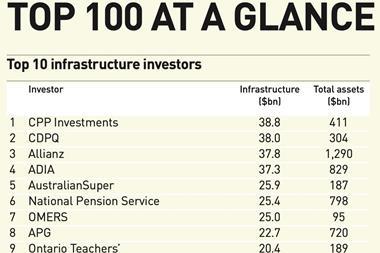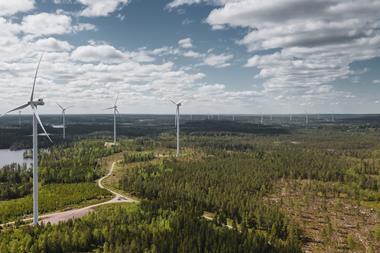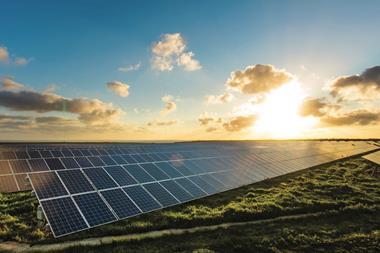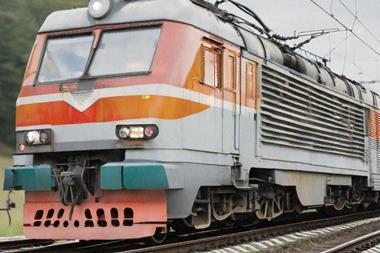Institutional investors continue to miss their infrastructure allocation targets, according to a report by Hodes Weill and Cornell University’s Program in Infrastructure Policy.
The report revealed that, on average, global institutions are under-allocated to infrastructure by 98bps relative to their targets.
It said that, while institutions have become increasingly cautious over the past several quarters in the “face of heightened market volatility and denominator effect concerns, sentiment towards private infrastructure remains relatively strong and institutions are still trailing their infrastructure target allocations”.
Hodes Weill and Cornell University’s inaugural 2023 Infrastructure Allocations Monitor polled 63 institutional investors with $6.8trn (€6.2trn) in total assets and $325bn in infrastructure investments.
Overall, 60% of respondents were under-allocated to infrastructure, with Americas-based institutions the furthest behind at an average of 152bps below targets. They were followed by institutions in the EMEA and Asia-Pacific regions, at 82bps and 42bps under-invested, respectively.
According to the survey, institutions are poised to continue to allocate a significant amount of capital to new infrastructure investments.
Close to 34% of the repondents expect to grow allocations to North America, followed by Europe at approximately 21%.
Interest in North America is strongest from EMEA investors, where approximately 44% of respondents indicated a desire to invest more capital in the region. Expected growth in North America could largely be driven by the Inflation Reduction Act of 2022, according to the report.
Of the subsectors within the asset class, institutions indicated that they had the greatest appetite for digital infrastructure. Despite this, digital infrastructure represented just 8% of the capital raised by sector-specific funds in 2022. The report said one potential explanation for the discrepancy could be the lack of historical exposure to the asset class as compared to other sectors.
Renewable energy and energy-transition infrastructure were also top destinations for institutional capital, with 40% of respondents indicating intentions to increase energy-related allocations to renewable energy and storage, which were responsible for 55% of the $40bn raised for sector-specific infrastructure in 2022.
Mark Rudovic, principal and head of real assets at Hodes Weill, said: “Despite systematic risk in the form of the denominator effect plaguing private markets allocations over the last 12 months or so, sentiment towards infrastructure amongst allocators remains positive given the resiliency of performance through a rising interest-rate environment, heightened geopolitical tensions, high inflation, and global supply-chain challenges impacting all verticals of infrastructure.
“Infrastructure remains a particularly favoured asset class for institutional investors, and the inflationary risks affecting other asset classes drive capital to infrastructure as a safe haven, as asset owners are often able to pass through rising costs, demonstrating resilience in the face of a slowing economy.”
Rick Geddes, founder and director of Cornell University’s Program in Infrastructure Policy, said the survey indicated that institutions had a “growing preference for nascent but stable markets with significant expansion potential”.
Geddes added: “The finding that North America is far behind in terms of under-investment suggests that institutions are looking for markets with well-developed contract enforcement, much room to grow, as well as established managers. That is consistent with the investment need in those markets, where ageing infrastructure suffering from years of deferred maintenance stands to benefit from large infusions of fresh public spending.”
To read the latest edition of the latest IPE Real Assets magazine click here.























